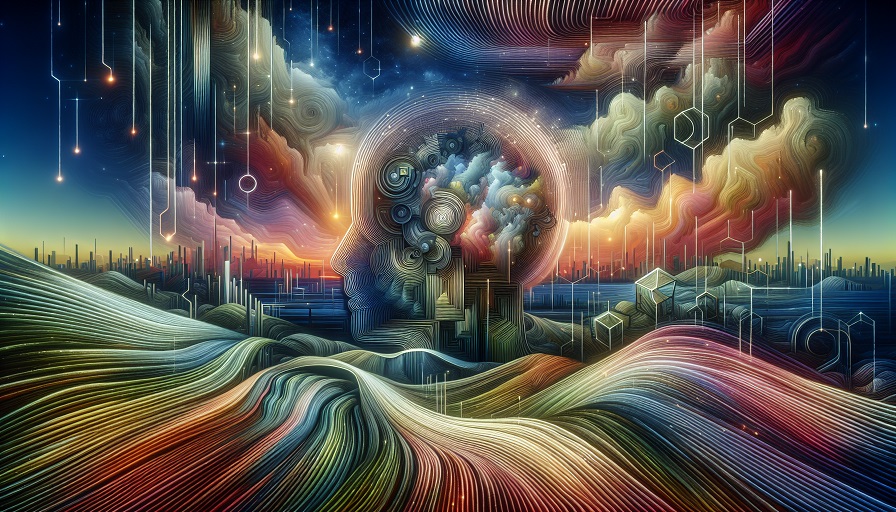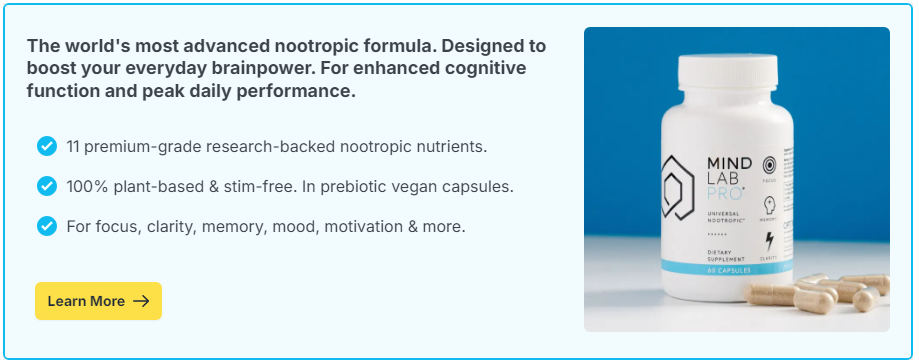
Yes – performing the Maori haka, with its coordinated movement, rhythm, and shared emotional intensity, can synchronize neural patterns among participants. This alignment involves motor timing circuits, mirror neurons, and social-emotional networks, creating a temporary neural “group state” that enhances cohesion, trust, and shared focus.
Contents
- How Group Synchrony Works In The Brain
- Neural Systems Activated During Haka
- The Role Of Cultural Intention
- Research On Collective Rituals
- Benefits Of Group Synchronization
- Potential Applications Beyond Ceremony
- Ethical And Cultural Sensitivity
- How To Experience Synchrony Safely
- What Synchrony Feels Like
- About the Author
How Group Synchrony Works In The Brain
When people move, chant, or breathe together, their brainwaves can become phase-aligned – a process known as inter-brain synchrony. Studies using EEG and hyperscanning show that rhythmic coordination increases alignment in theta and alpha bands, which support attention, empathy, and timing. The haka’s structure – strong beats, call-and-response vocalization, and intense facial expression – makes it ideal for this phenomenon.
Neural Systems Activated During Haka
Motor And Timing Networks
The basal ganglia and cerebellum regulate the precise timing of movements. As performers stamp, slap, and gesture in sync, these structures couple across individuals through sensory feedback loops. This entrainment strengthens collective precision and the sense of unity.
Mirror Neuron And Empathy Circuits
Observing and mimicking others’ movements activates mirror neurons in the premotor cortex and inferior parietal lobule. During haka, seeing others’ fierce expressions and matching them creates embodied empathy – the brain partially simulates what others feel.
Emotional And Autonomic Alignment
Rhythmic vocalization modulates the vagus nerve and synchronizes breathing rates. The insula and anterior cingulate cortex coordinate this interoceptive tuning, aligning emotional arousal across participants. Heart rates often rise and fall together, amplifying collective energy.
The Role Of Cultural Intention
In Maori tradition, haka is not mere performance – it channels ancestral strength, community identity, and emotional release. These shared meanings deepen synchronization by engaging motivational and limbic networks. When purpose and symbolism align, neural synchrony becomes both physical and social.
Research On Collective Rituals
Cross-cultural studies of rituals – from chanting monks to synchronized rowers – find measurable inter-brain coupling. A 2018 Frontiers in Human Neuroscience study found that group drumming increased both neural synchrony and prosocial behavior afterward. Similarly, synchronized dance or song predicts higher cooperation and oxytocin release, markers of social bonding.
Benefits Of Group Synchronization
- Social Cohesion: Participants report heightened trust and emotional unity.
- Stress Regulation: Coordinated breathing and movement balance sympathetic and parasympathetic activation.
- Flow States: Timing alignment reduces self-focus and enhances group flow, where action feels effortless.
- Memory And Motivation: The strong emotional and rhythmic signature of haka strengthens episodic memory and group identity.
Potential Applications Beyond Ceremony
The principles behind haka synchrony can be adapted for sports teams, military units, classrooms, and therapy groups. Short pre-task rituals involving rhythm, vocalization, or gesture can prime cooperation and attention. Neuroscientists are exploring how such embodied synchronization may enhance learning and resilience.
Ethical And Cultural Sensitivity
It is vital to acknowledge that haka is sacred to Maori culture. Non-Maori practice should avoid appropriation by respecting its context and origins. Focus on learning from its principles – rhythmic unity, emotional presence, collective intent – rather than reproducing ceremonial forms without guidance.
How To Experience Synchrony Safely
- Small Group Practice: Try simple rhythmic clapping or chanting with 3–5 people.
- Align Breath: Begin with synchronized inhalation and exhalation to prime timing networks.
- Gradual Intensity: Build rhythm and volume progressively to avoid hyperventilation.
- Reflection: Afterward, note emotional tone and sense of connection – this metacognitive step reinforces neural coherence through reflection networks.
What Synchrony Feels Like
Participants often describe a feeling of “one heartbeat” or effortless timing. Neurologically, this correlates with increased coherence between the supplementary motor area, insula, and medial prefrontal cortex – regions that balance body awareness and shared attention. The subjective glow afterward is the limbic system’s imprint of collective regulation.
The Maori haka exemplifies how rhythmic movement and vocalization can align brain and body across individuals. This synchronization strengthens social bonds, regulates emotion, and creates shared states of high energy and purpose – showing that the brain’s social circuits thrive on rhythm, unity, and meaning.

